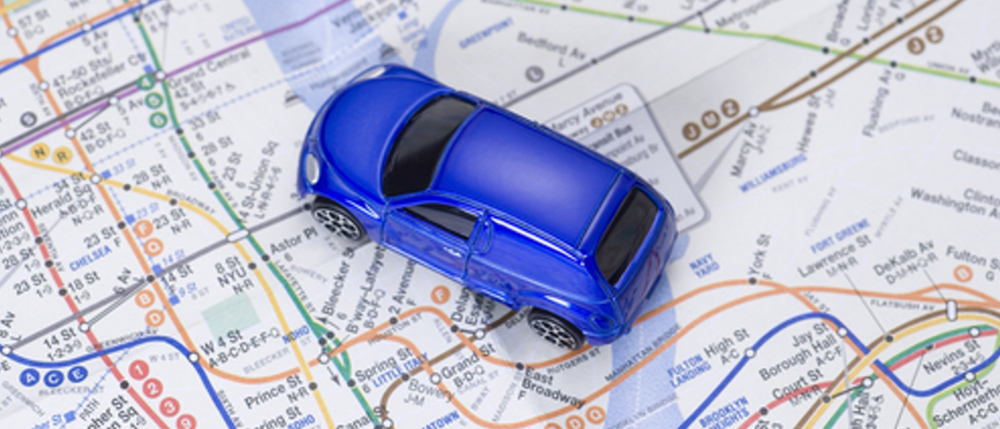If you were to get into your vehicle, drive down an empty street and pull into your neighbor's driveway, how many dangers did you face on the road?
You might say "none" but, in fact, you faced several. Fortunately, the rules of the road PLUS your safe vehicle, your safe driving skills, and your experience made those risks seem like none at all. You faced risks by not backing out of your driveway correctly, you might not have driven straight down the road or you might not have turned into your neighbor's driveway correctly.

That driving experience might be considered a "best case scenario" because there were risks but there weren't very many and they were quite minimal.
Now consider your average driving experience: If you live in the city and want to drive to work, the complexity of factors that are dramatically increased. While backing out of your driveway, there might be neighborhood children playing nearby. Maybe you pass through a school zone on the way to work. And you probably pass a half dozen (or more) stop signs and stop lights. There are other vehicles to consider – vehicles going the same direction as you, oncoming vehicles, and vehicles trying to cross your lane on a perpendicular road. There are pedestrians. There is construction. Also factor in whether you are familiar with the route and how distracted you are today and whether or not you are also drinking a coffee while you drive.
Every time you get into a vehicle, there are an almost incomprehensible number of factors at play that can increase the complexity of your drive, and ultimately the safety of your drive. Every new factor introduced makes your drive that much more complex and that much more dangerous: For example, if construction work starts on a road you normally drive, you are now forced to deal with a new route and a variety of unknown circumstances.
If you want to drive safer (and we all should want to drive safer), you need to identify as many of those complex factors as possible and mitigate them
- Learn new driving skills – especially skills like Proactive Anticipation
- Read maps before taking a new route
- Check the web for construction updates
Even just slowing down slightly gives you time to evaluate those factors and decide how to react.
Driving safe is everyone's responsibility and it's so easy to do. A recent study by Transport Canada revealed that there were over 124,000 collisions causing injury and death on Canadian highways in one year. Our roads are risky and our drives have many complex factors but safe drivers can avoid being part of this statistic by listing and mitigating those complex factors.

